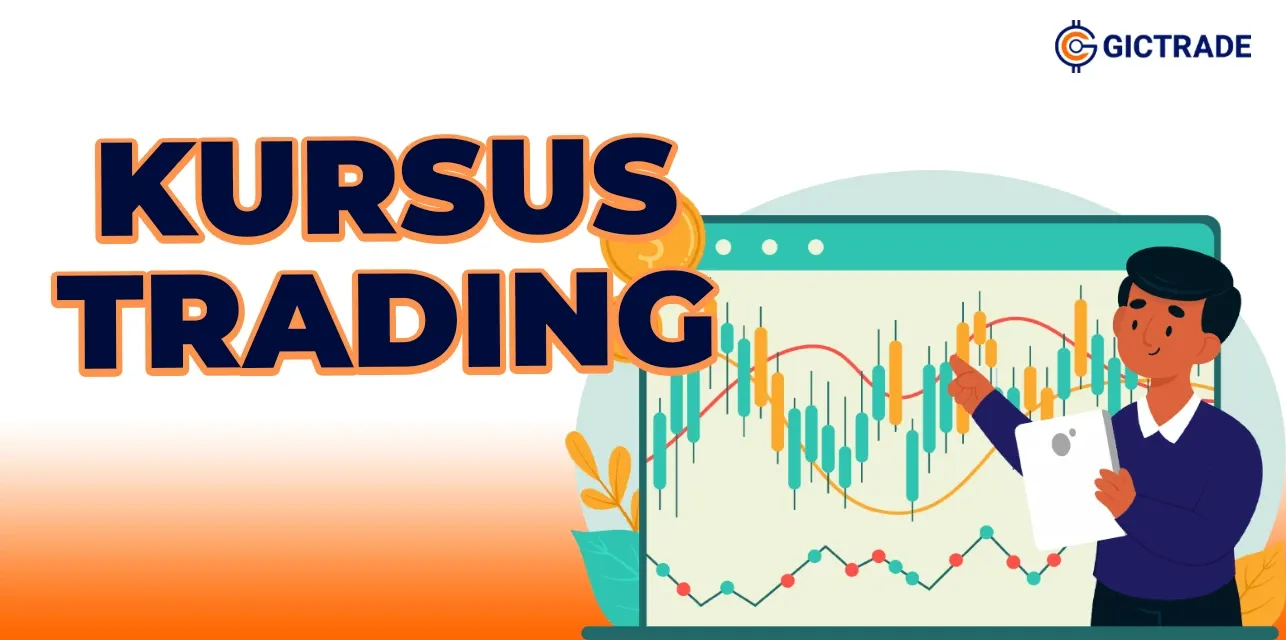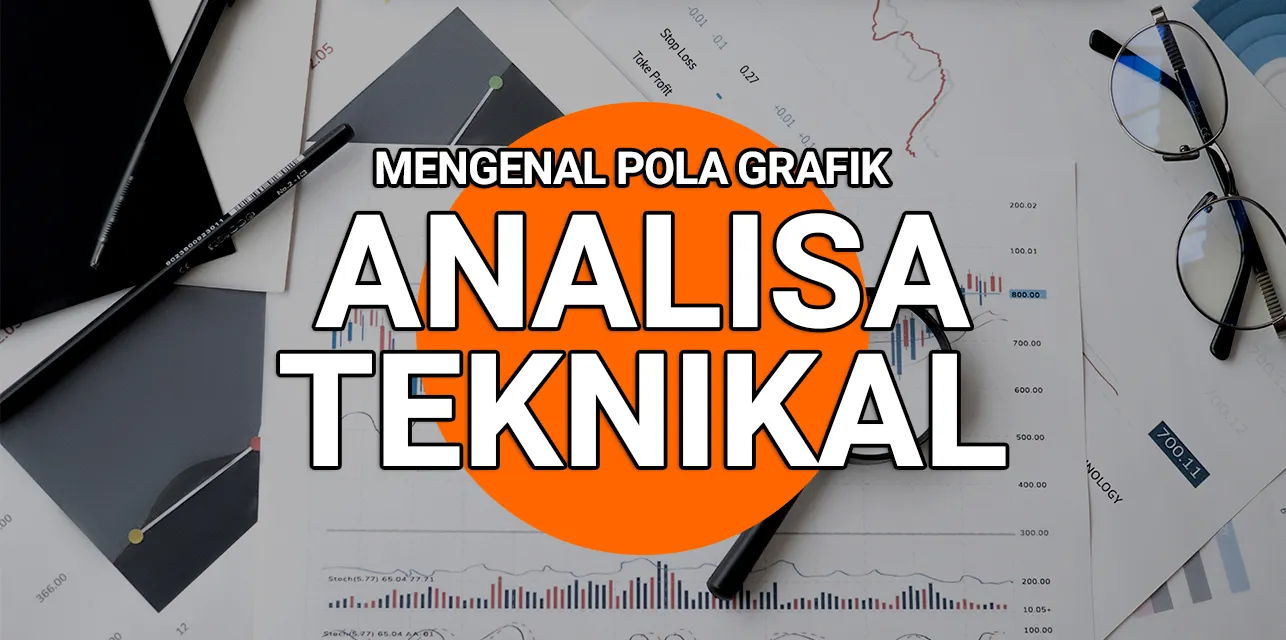How to Determine Range Trading with Pivot Points? Though it has other terms, there’s no need to worry when using pivot points, as this indicator works similarly to support and resistance levels. Just like support and resistance levels, the price will repeatedly test these two levels.
The more often a currency pair touches the pivot level and reverses, the stronger that level becomes. Essentially, "pivoting" can be understood simply as "reaching a support or resistance level and then reversing."
If the pivot level holds at a certain point, it could be a good trading opportunity for us. For example, when the price approaches the upper resistance level, we can place a “sell” order and set the "stop" order just above the resistance level.
If the price approaches the support level, we do the opposite—place a “buy” order and set the "stop" order just below the support level. The way this indicator works is not much different from the usual support and resistance system. To better understand how this indicator works, let’s take a look at the GBP/USD chart with a 15-minute time frame below:

In the chart, the price is moving around the support level S1. If your analysis predicts that the price will hold here for a while, then you should place a "buy" order and set the "stop-loss" just below the next support level.
For conservative traders, a wider "stop" order can be placed. If the price moves past support level S2, it’s likely the price won’t return above it. This is because support levels S1 and S2 will become resistance levels.
For aggressive traders, if we believe that support at S1 will hold, we can place a "stop" order just below S1. To make a profit, we can set a target at PP or R1, which can also act as a resistance level. So, what happens if we place a "buy" order in the market?

If your trade plan targets and expects the price movement to go toward PP as a point to take profit, you can be sure the price will touch your TP. But of course, not every price movement is that simple. We cannot rely solely on the pivot point. We need to consider whether the pivot point aligns with previous support and resistance levels.
To get clearer confirmation, we can use pivot points alongside candlestick analysis or other indicators. For example, if we see a doji form above S1, or if the stochastic indicator signals oversold conditions in the market, it’s likely that S1 will hold as support for the price movement.
Generally, trading occurs between the first support and resistance levels. The price will sometimes move around the second level, and occasionally test the third level. We must fully understand that sometimes the price will break through all levels.
Visit GIC Indonesia for more information about the world of trading. You can also join our Telegram Community GIC Trade and Telegram Channel GIC Trade. Don’t forget to check out our GIC Indonesia YouTube account for valuable insights, and follow our Instagram account for information on various interesting webinars you can participate in.
 Last:
Last: 







